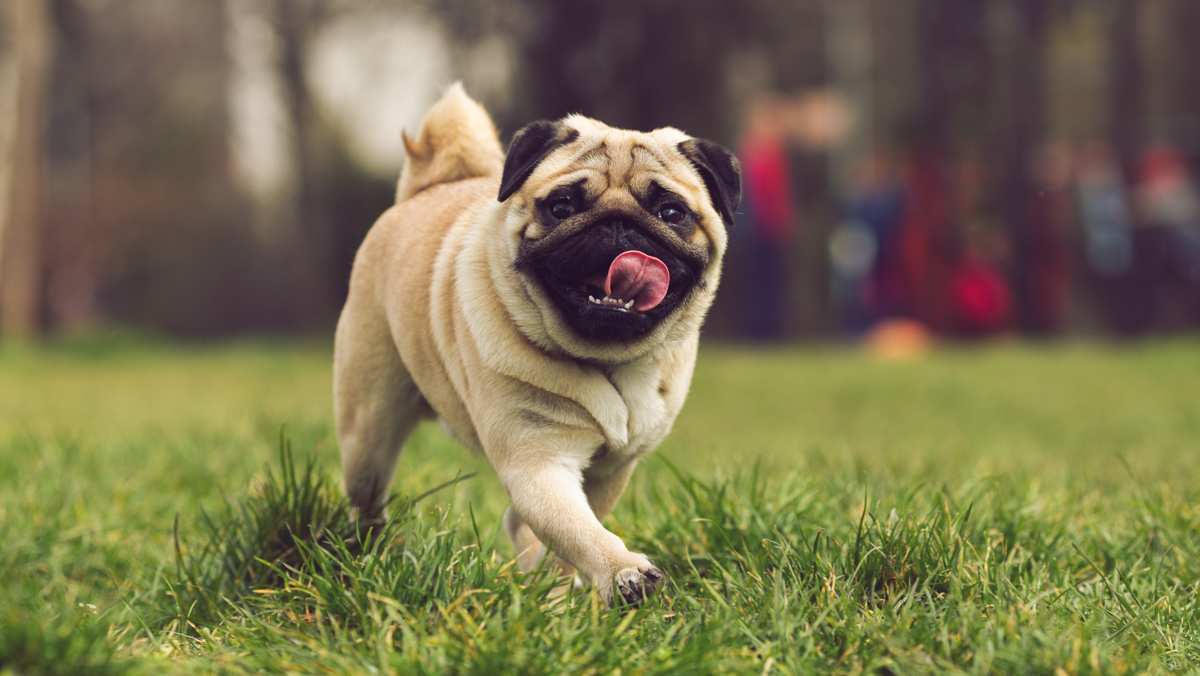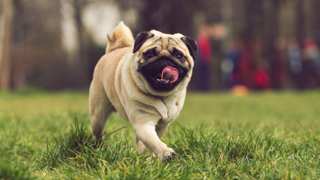Pug Breed Details
In the distant past, Pugs were bred for duties such as watchdogs in monasteries and palaces. These days, these dogs are companion animals who have watchdog abilities but are too comfortable to watch out for invading armies and approaching dignitaries! They are great with kids, other dogs, and most non-canine pets. They are ideal for apartment living, and they are certainly not outside dogs. Pug snoring is just one of the many things you need to be prepared to endure. These dogs are demanding in many ways, and you should pamper them like kids who never really stop being toddlers.
Here are some more facts about Pugs that you should consider if you really want to adopt one:
PROS
- Adorable!
- Easy to carry
- Great with kids
- Loves other dogs
- Easy maintenance
- Gets along with non-canine pets
- They will follow you anywhere and everywhere
CONS
- Major shedders
- Flatulence is typical
- Requires a careful diet
- Can be highly stubborn
- Strong tendency to overeat
- Separation anxiety is common
- Might be difficult to house train
- Prone to a lot of health problems
- Noisy in ways other than barking
- Intolerance to hot and cold environments
- Will follow you ANYWHERE and EVERYWHERE!



